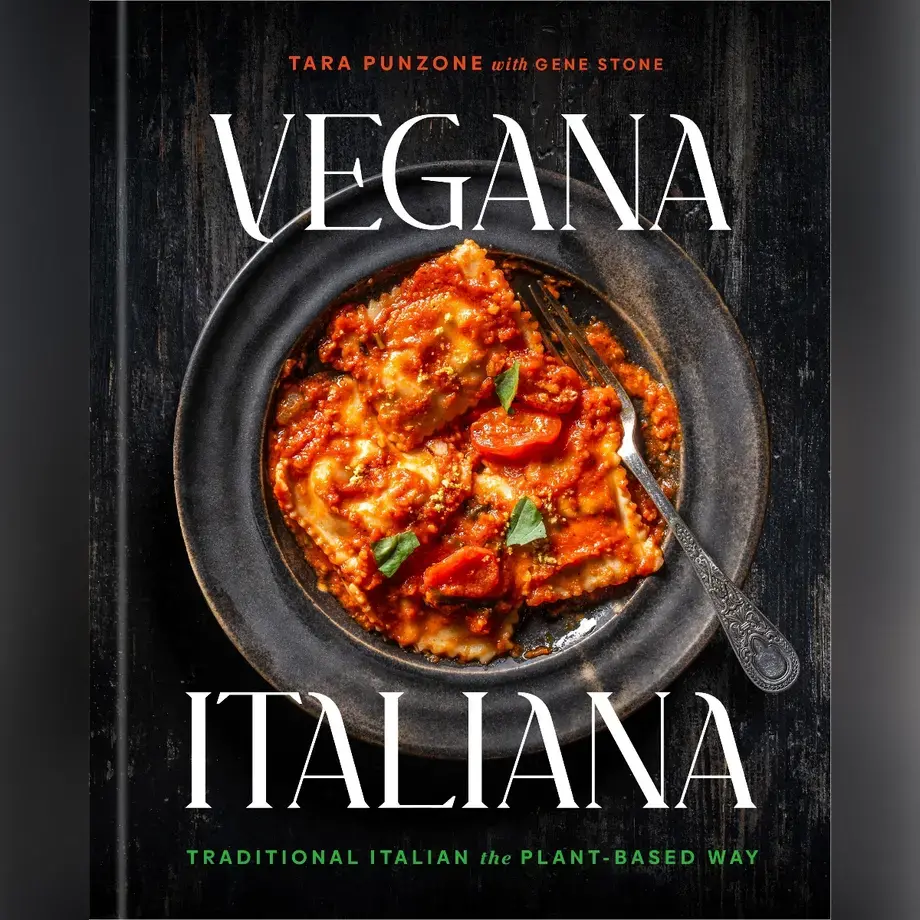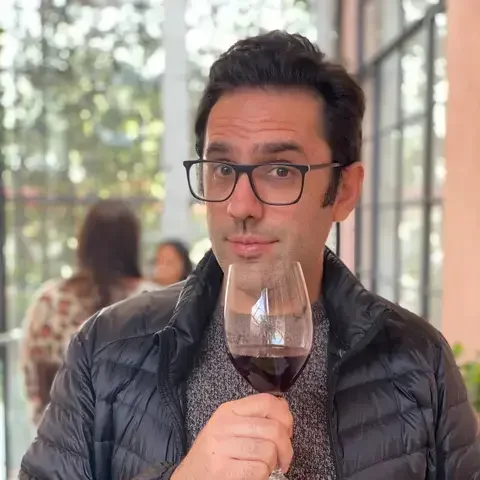If you fancy yourself something of a pastry maestro then how about this for a challenge?
The recipe below is for The Fat Duck's Botrytis Cinerea dessert, which famously is made up of 20 different elements and over 50 different stages of preperation.
According to Heston Blumenthal, chef-owner of the three-Michelin-star restaurant in Bray, England, the dessert is designed to ape the flavour profile of grapes infected with botrytis cinerea, a type of fungus, which is known as the noble rot, as it can concentrate and sweeten the flavour of wine grapes when they're dried.
The dessert contains elements such as aerated grape juice, pear balls infused with saffron, vanilla and fenugreek, a roquefort powder and a peach wine gum. It's a strictly professional recipe of course, but marvel at how to make one of the world's most difficult desserts and watch Fat Duck head chef Jonny Lake talking about the dish in the video below.
And for more crazy dishes from Heston, check out eight of his most iconic here.










